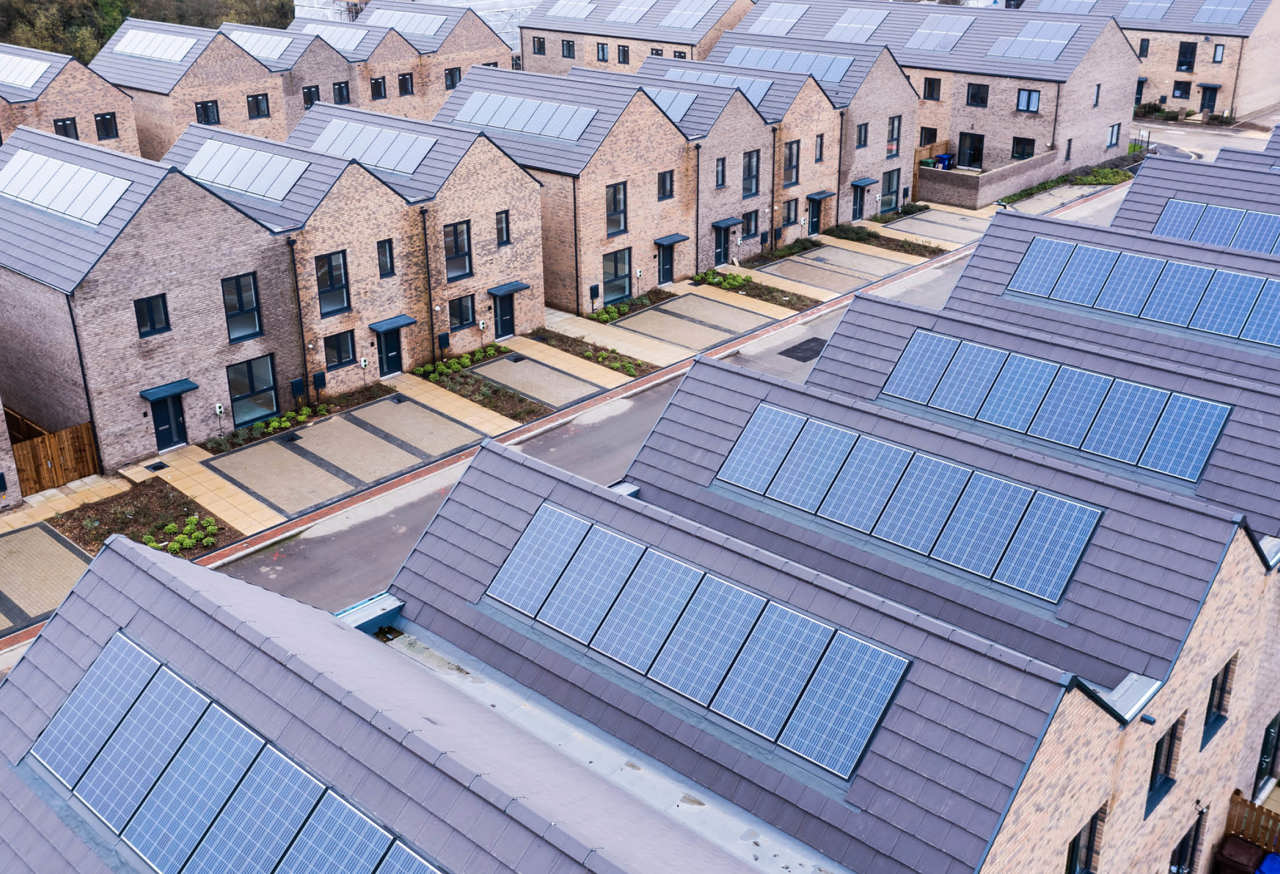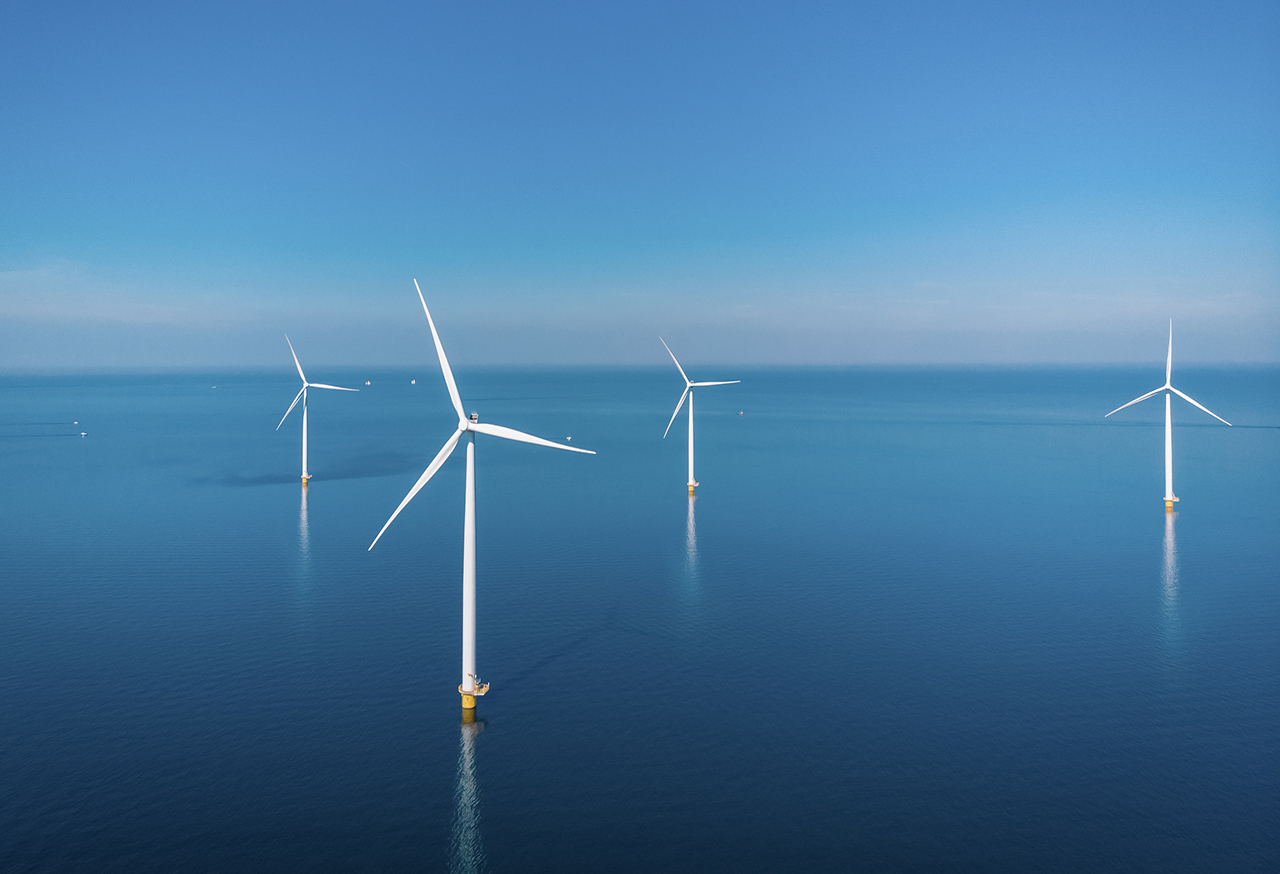Why do Electric Vehicles depreciate so rapidly, and how does this impact trust in the second-hand market?
This content is AI generated, click here to find out more about Transpose™.
For terms of use click here.

Electric Vehicles (EVs) are central to the clean energy transition, but their rapid depreciation raises significant concerns.
EVs typically lose 20-30% of their value in the first three years, compared to 10-20% for traditional internal combustion engine (ICE) vehicles. Nearly 40% of EVs make their way into the EU second-hand market annually, presenting opportunities for wider adoption but also challenges related to resale value and market dynamics. Alarmingly, since 2022, EV residual values have dropped from 60% to just 35%, according to the BVRLA. However, the situation is not as bleak as it may seem studies show that many EV batteries retain over 90% of their capacity even after nine years of use.
Why do EVs depreciate faster than traditional cars?
The rapid depreciation of electric vehicles stems from a combination of technological advancements, consumer perceptions and market dynamics.
First, technological innovation in the EV industry moves at an extraordinary pace. Each new model introduces longer ranges, faster charging and advanced features, making older versions appear outdated by comparison. While this progress excites consumers, it also devalues earlier models.
Another critical factor is concern over battery life. Batteries are a cornerstone of EV performance, and their condition heavily influences resale value. Although data from Tesla suggests only 12% battery degradation after 200,000 miles, widespread misconceptions about reduced range and costly replacements persist. These misconceptions often lead buyers to overestimate risks, lowering confidence in second-hand EVs. This hesitation mirrors the early scepticism surrounding solar panels, where doubts about longevity initially hindered widespread adoption. Over time, solar panels demonstrated reliability well beyond initial expectations, which helped shift public perception.
The supply-demand imbalance also plays a significant role. The increasing availability of second-hand EVs (many of which come from expired lease contracts) has outpaced demand. The Society of Motor Manufacturers and Traders (SMMT) highlights a notable surge in the used EV market in 2024, following a wave of new sales two to three years prior. As a result, fleet operators face challenges in maintaining profitability as prices continue to decline.
Finally, competition from new entrants, especially Chinese manufacturers, has intensified market pressure. These companies are introducing affordable and feature-rich EVs, offering consumers attractive alternatives that further erode the resale value of older models.
Trust issues in the second-hand EV market
Rapid depreciation can undermine trust, leaving consumers hesitant to invest in used EVs. Our Customer Transition Framework sheds light on how service providers can guide consumers through three stages:
- Engagement: Consumers explore EV options, focusing on price, range and maintenance costs. Without reassurances such as warranties, they often hesitate to progress further.
- Empowerment: Tools like battery health certificates or financial incentives enable buyers to feel confident in their decisions. Currently, these are lacking for second-hand EVs.
- Collaboration: Trust is solidified through innovative partnerships, such as integrating bidirectional charging or dynamic tariffs.
Currently, many consumers remain stuck in the Engagement stage, unable to transition to full confidence in used EVs. Addressing this gap is critical to breaking the cycle of low demand and steep depreciation.
Strategies to strengthen the used EV market
To rebuild trust and stabilise EV resale values, collaboration among governments, manufacturers and industry stakeholders is essential. Here are our five strategies:
1. Standardised battery health certificates
Introducing industry-wide battery health checks can alleviate consumer concerns. The UK’s Environment and Climate Change Committee has called for such certifications, ensuring transparency about battery performance. Organisations like British Car Auctions (BCA) already offer battery grading services, setting an example for wider implementation.
2. Battery leasing models
Decoupling battery ownership from the vehicle can mitigate financial risks for buyers (especially in the second-hand market) by removing the most expensive and perceived “fast-depreciating component” from the purchase price. Under this model, a third party (eg. a manufacturer, leasing company, or dedicated service provider) retains ownership of the battery, while the EV buyer either pays a monthly fee or signs a performance-based contract for its use. Although earlier attempts, such as VinFast’s battery leasing program, faced challenges, falling battery costs (down 20% in 2024 alone) make this approach increasingly viable.
3. Extended leasing periods
Lengthening lease durations for fleet vehicles can help stabilise the second-hand market. Extended leases reduce oversupply and support better price retention. The UK’s Benefit-in-Kind tax extension for EVs until 2030 is one example of enabling this model.
4. Government incentives
Governments can offer subsidies specifically for second-hand EVs, as seen in the Netherlands, where buyers receive up to €2,000 for purchasing a used model. In the US, a federal tax credit of up to $4,000 is available for pre-owned EVs, helping to reduce the upfront cost for buyers and boost demand in the second-hand market. Similarly, policies in Norway have fuelled the popularity of second-hand EVs through tax credits and incentives, creating one of the most robust markets for used electric vehicles in Europe. Coupled with additional measures like reduced charging tariffs, these initiatives have positioned Norway as a frontrunner in driving EV adoption across Europe.
5. Consumer education campaigns
Public outreach can address misconceptions about EV charging and battery reliability. Campaigns like FairCharge UK’s initiatives emphasise the growing availability of charging infrastructure and counter fears about battery degradation. Clear, data-driven messaging can reshape perceptions and increase demand for used EVs.
Unlocking the potential of second-hand EVs
The second-hand EV market holds tremendous potential to drive the energy transition. Addressing depreciation and rebuilding consumer confidence are critical steps toward achieving this goal.
Government incentives, battery health transparency, innovative leasing and educational campaigns can collectively strengthen the market. By fostering collaboration across sectors, we can create a robust and sustainable ecosystem for second-hand EVs; one that provides more affordable options for consumers, boosts overall EV adoption and accelerates our transition toward a decarbonised transportation future.
At LCP Delta, we specialise in turning complex challenges into actionable solutions. Whether you need market intelligence, forecasts and insights or commercial and strategic advice.
We are here to helpSubscribe to our thinking
Get relevant insights, leading perspectives and event invitations delivered right to your inbox.
Get started to select your preferences.





